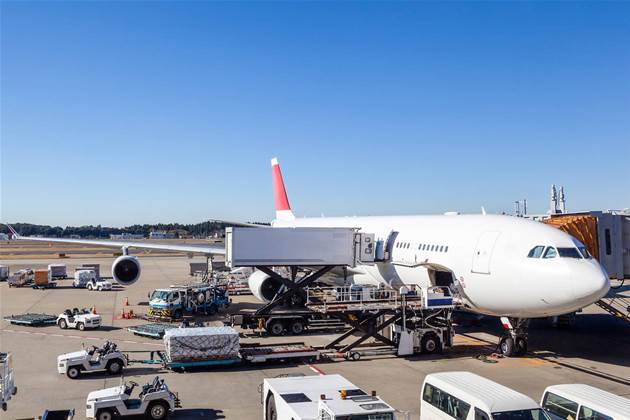Touchpoint Global, a Sydney-based provider of hosted logistics software for the aviation sector, underwent a cost optimisation exercise to reduce its own cloud costs as its customers - airlines and caterers - turned to the company for financial relief.

Facing a revenue hit as the Covid-19 pandemic put the brakes on air travel, Touchpoint’s chief operating officer Greg Chan said the company started looking for cost savings of its own.
“Pre-Covid, we were growing really strongly as a business but as with most of those sort of businesses like us, there’s never enough time in the day to do lots of other things besides focusing on the customer and continuing to grow,” Chan told iTnews.
“Covid hits and we get to a point where our clients - airlines and caterers - are almost at the point of a ‘fight or flight’ situation.
“Airlines are saying, ‘You need to do all these things for us’. I know a lot of their partners walked away from them, but for us the natural thing was [to be] in the trenches with them.
“We needed to do something to help them through this. A lot of it was them just needing cost relief etc. From our side of it, we’re now needing to forgo some revenue, so there’s a pressure on us to think about our infrastructure differently.”
Touchpoint Global’s software-as-a-service helps airlines and their contracted service providers to coordinate in-flight services such as meals and cleaning - essentially a number of ground services required to keep planes flying.
The software is hosted within AWS and Anchor - Hostopia’s cloud engineering service provider arm - provides “engineering, managed services, governance and guidance to Touchpoint”, Hostopia’s director of architecture and professional services Joshua Chiswell said.
Anchor played a key role in the cost optimisation exercise and is continuing to help Touchpoint find further savings.
Chan said that while cutting cloud costs were important, so was having a setup that could scale back up again quickly once air travel recovers.
“We started thinking about how we decrease our cost and maintain our customer experience, but the big thing for us is when we come out of the back of this, we’re going to turn it and scale back up again,” Chan said.
“It was very much about how we do a controlled redistribution [of workloads], a reduction of costs, and [maintain] an ability to scale back up again.”
Chiswell said Anchor worked with Touchpoint to restructure its use of cloud-based resources, reducing the number of AWS accounts and instance sprawl and “re-architecting shared services within the environment so that we could cut down and remove waste where multiple customers might use the same services.”
“One of the things we really focused on is de-duplicating services and consolidating workloads so that it reduces costs for infrastructure and operational run costs and complexity short-term, but then coming out of Covid and the pandemic it gives that scalability,” Chiswell said.
“It means that the costs scale in a better fashion ... for bringing future customers on. The cost per customer goes down.”
Chiswell said, for example, that Touchpoint had been able to consolidate multiple databases “that were essentially storing the same fundamental information” into a single instance of AWS’ relational database service (RDS).
These architectural changes were pursued ahead of potentially more difficult cost optimisation options such as app modernisation, he added.
In a statement, Hostopia said “the optimisation of the [Touchpoint] environment and move to serverless and scalable infrastructure helped reduce projected costs of existing application deployments by approximately 65 percent”.




.png&h=140&w=231&c=1&s=0)

















_(1).jpg&h=140&w=231&c=1&s=0)



